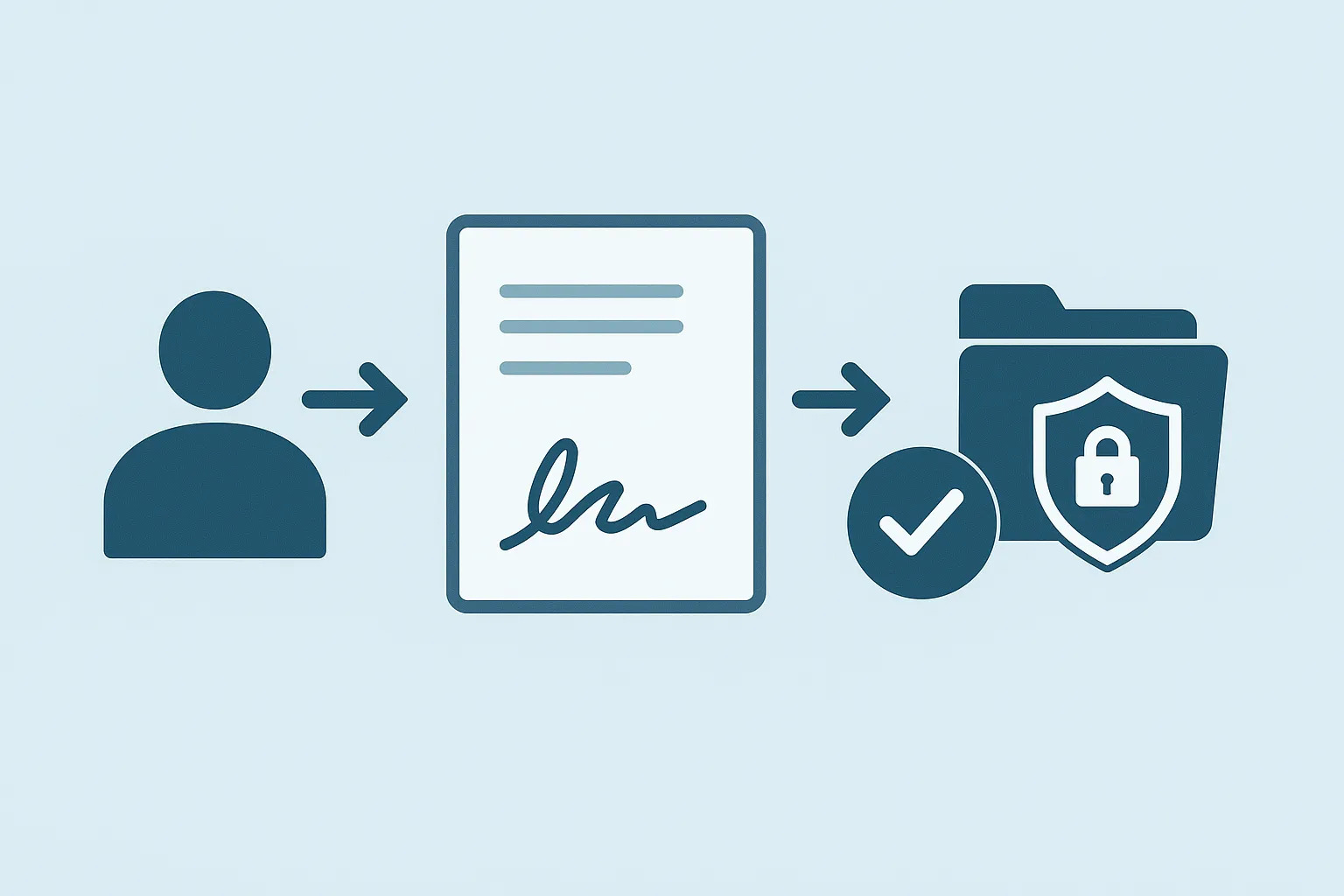Regulatory Compliance
21 CFR Part 11 in Life Sciences: Core Requirements and Industry Best Practices
Author: Gagan Kaur
May 16, 2025

In the highly regulated world of life sciences, ensuring the integrity, reliability, and security of electronic records is not just a best practice—it’s a regulatory requirement. Introduced by the U.S. Food and Drug Administration (FDA), 21 CFR Part 11 sets the standard for electronic records and electronic signatures, aiming to ensure that digital data is trustworthy, traceable, and secure.
As digital systems increasingly replace paper-based processes across laboratories, production environments, and quality systems, understanding and implementing 21 CFR Part 11 has become essential for maintaining compliance and avoiding costly remediation.
What is 21 CFR Part 11?
21 CFR Part 11 is a section of the Code of Federal Regulations that governs the use of electronic records and electronic signatures in FDA-regulated industries. The regulation applies to any system used to create, modify, maintain, archive, retrieve, or transmit records required under FDA regulations.
Its core purpose is to ensure that electronic records are as trustworthy, reliable, and equivalent to paper records, with legally binding electronic signatures.
Who Must Comply?
21 CFR Part 11 applies to any FDA-regulated organization that uses electronic systems to create, manage, or store records required under FDA rules. This includes:
- Pharmaceutical companies
- Biotechnology firms
- Medical device manufacturers
- Contract manufacturing organizations (CMOs/CDMOs)
- Research institutions and clinical labs operating under FDA oversight
Any facility using digital systems in these contexts must ensure those systems are Part 11 compliant to avoid regulatory risks.
Core Requirements of 21 CFR Part 11
Organizations must address several key components to meet compliance:
1. Electronic Signatures

Each signature must be:
- Unique to one individual
- Securely linked to the electronic record
- Verified with multiple authentication factors (username/password or biometric)
2. Audit Trails
Systems must automatically record:
- Who made each change
- When it was made
- What was changed
- Audit trails must be secure, time-stamped, and readily retrievable for review.
3. Access Control and Security
- Role-based access should limit users to the necessary functions only.
- Password complexity, expiration, and lockout policies must be enforced.
- The system must prevent unauthorized access or data tampering.
4. System Validation
Any software or system used to manage electronic records must be validated to ensure it works as intended. This includes:
- Installation Qualification (IQ)
- Operational Qualification (OQ)
- Performance Qualification (PQ)
Validation should be documented and follow a risk-based approach.
5. Record Retention and Retrieval
Electronic records must be:
- Readily retrievable for the duration of the retention period
- Viewable in a human-readable format
- Secure from loss or corruption
Industry Best Practices for 21 CFR Part 11 Compliance
While the regulation outlines what is required, how organizations achieve compliance varies. The following best practices have emerged across the life sciences sector:
Start with a Risk-Based Approach
Prioritize validation and controls for systems that handle critical data or impact product quality. Not every system requires the same level of rigor.
Establish Clear SOPs
Standard operating procedures should govern:
- User access management
- Electronic signature use
- Change control
- System backup and recovery
Clear SOPs ensure consistent practices and support inspection readiness.
Leverage Role-Based Training
Ensure that system users, administrators, and quality personnel receive training tailored to their responsibilities. Training should cover both system functionality and regulatory expectations.
Audit Readiness
Conduct regular internal audits of your systems and procedures. Review audit trails, user access logs, and change controls to ensure ongoing compliance.
Engage Quality and IT Early
Cross-functional collaboration between Quality, IT, and Validation teams is essential when implementing or upgrading any digital system. This ensures that both regulatory and technical requirements are addressed from the outset.
Why 21 CFR Part 11 Compliance Matters
Non-compliance can result in warning letters, consent decrees, or even product recalls. But beyond avoiding enforcement action, proper implementation of 21 CFR Part 11 enhances data integrity, boosts operational efficiency, and builds trust with regulators and stakeholders alike.
Example Use Case:
A pharmaceutical manufacturer using the Rees Monitoring System experiences a temperature excursion in a critical storage unit holding finished product. The system immediately triggers an alert and logs the event in real time. An authorized team member acknowledges the alarm, documents corrective actions, and signs off electronically using a secure, Part 11-compliant electronic signature.
During a routine FDA inspection, the investigator requests documentation of the incident. Within minutes, the quality team generates a detailed audit trail from the Rees system that shows:
- The exact time of the temperature deviation
- Who acknowledged the alarm and when
- What corrective actions were taken
- A secure electronic signature tied to a unique user ID
- Verification that system access controls and audit logs were functioning as intended
Because the records are complete, tamper-evident, and easily retrievable, the inspection proceeds smoothly, with no findings related to data integrity or monitoring.
As digital transformation continues across the life sciences industry, organizations that treat 21 CFR Part 11 not just as a compliance checkbox, but as a foundational pillar of quality, will be better positioned for long-term success.
Conclusion
Achieving 21 CFR Part 11 compliance is not just a technical exercise—it’s a strategic commitment to data integrity, transparency, and accountability. By understanding the core requirements and embracing industry best practices, life sciences organizations can ensure their electronic systems are inspection-ready and future-proof.
For those looking to implement or upgrade their environmental monitoring systems, Rees Monitoring Solutions are fully aligned with 21 CFR Part 11 requirements. From secure electronic records and signatures to audit trails and system validation support, Rees provides a compliant, robust platform designed specifically for regulated environments.
To assess your current system, schedule a compliance consultation with a monitoring expert.



